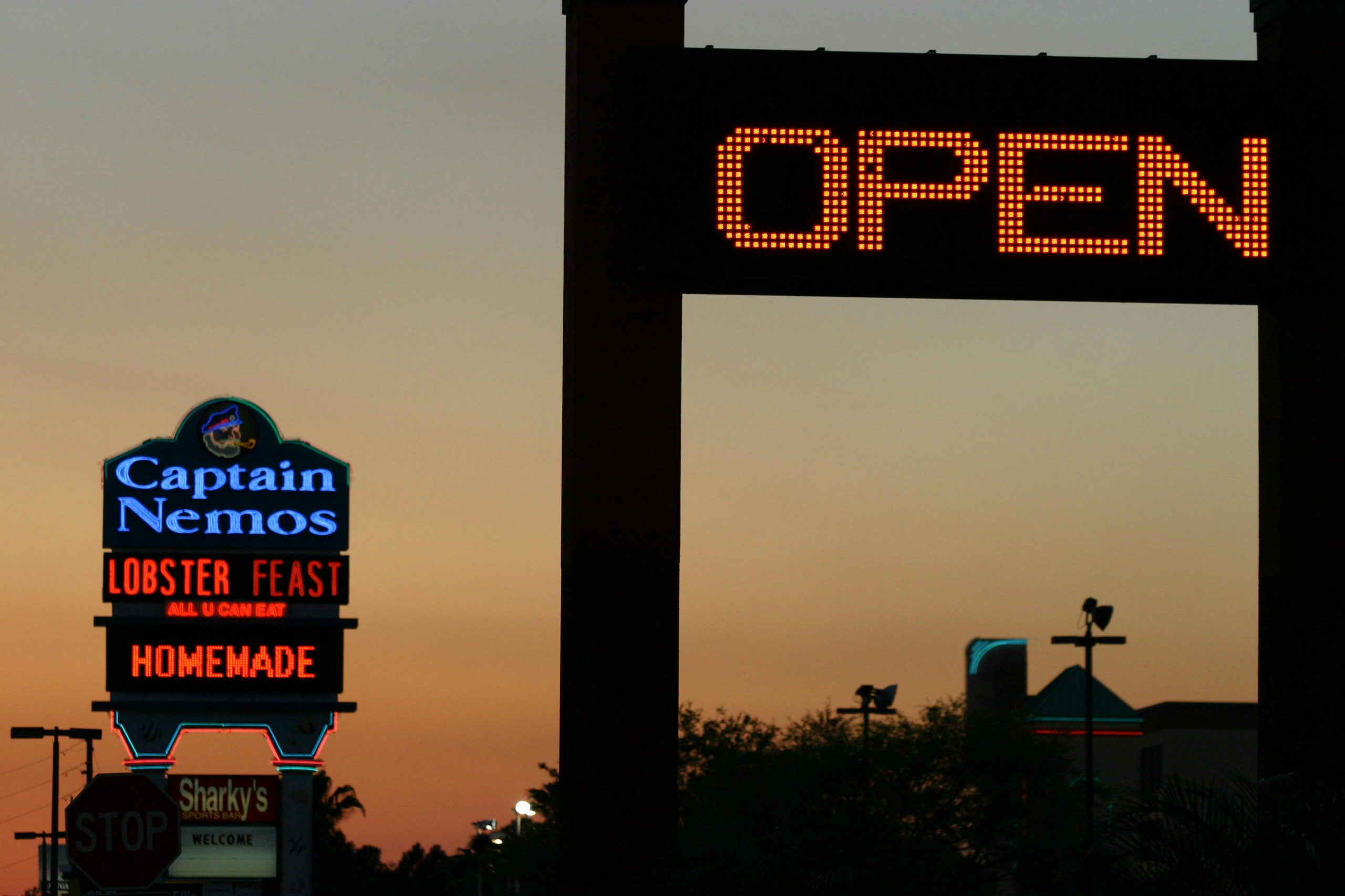Exploring the Culture of London Strip Clubs in the 80s and 90s: A Call for Insights
As I delve into my research for a book focused on the vibrant culture of strip clubs in London during the 1980s and 1990s, I am eager to gather information and visual references from that era. The unique perspective of patrons from this time, along with the experiences and stories of the women who worked in these establishments, would be invaluable for my project.
If you have any insights or resources—be it photographs, anecdotes, or historical accounts—I would greatly appreciate your contributions. Understanding the dynamics of these clubs during this period includes a variety of aspects, such as:
-
Pricing Trends: What were the typical costs of lap dances and other services back then? Knowing the financial landscape will help paint a clearer picture of the industry.
-
Technology and Privacy: The presence or absence of CCTV cameras in clubs and how that influenced the environment for both performers and patrons is crucial.
-
Regulatory Changes: Exploring the legal landscape of strip clubs during this time will aid in understanding how societal norms shaped these venues.
-
Cultural Preferences: What kinds of drinks were popular among patrons in these clubs? This detail can add a layer of authenticity to the setting.
Sadly, many of the women who danced in these clubs have moved on from the industry, making it challenging to hear their firsthand accounts. I am hopeful that anyone with knowledge or resources about this vibrant chapter in London’s nightlife can lend a helping hand. Your assistance will contribute significantly to bringing this historical narrative to life. Thank you in advance for your support!


This is a fascinating and rich area of exploration—thank you for shedding light on a vibrant, yet often overlooked, aspect of London’s nightlife history. When considering the culture of strip clubs in the 80s and 90s, it’s interesting to note how societal attitudes towards sex work and nightlife evolved during this period, often influenced by broader economic and political changes.
Regarding pricing trends, some accounts suggest that lap dances might have ranged from a few pounds to around twenty, but of course, prices varied based on location, reputation, and clientele. The use of cash was predominant, and tipping was a significant part of the earnings for performers.
On technology and privacy, many clubs operated with minimal surveillance compared to today, but the later introduction of CCTV in public spaces, including some venues, began to influence both security and operational practices. This shift possibly created a more scrutinized environment that affected performer-patron interactions.
Regulatory changes during these decades—such as licensing laws and zoning regulations—significantly impacted how clubs operated and their social acceptability. For instance, some clubs faced periodic crackdowns, which influenced their ambiance and clientele.
Culturally, certain drinks like beer, spirits, and mixers such as gin and tonic or whisky were popular choices among patrons, fitting the informal, lively atmosphere of the clubs. The music and decor of that era—think neon lights, jazz or disco hits—also contributed to the distinctive cultural vibe.
Connecting these aspects provides a more comprehensive understanding of London’s nightlife
Revisiting London’s Strip Club Scene of the 80s and 90s: An Insider’s Perspective
What a fascinating topic! As a long-time London resident with an interest in the city’s nightlife history, I can add some insights that might enrich your research. The late 20th century was a pivotal period for London’s entertainment venues, blending cultural shifts with evolving regulations.
Regarding pricing trends, anecdotal accounts suggest that lap dance prices in the 80s and 90s typically ranged from £15 to £30, depending on the club’s prestige and location. Premium establishments, especially those in Soho or Mayfair, could command higher rates, reflecting their exclusivity.
On the topic of technology and privacy, privacy was often maintained through design—stages and curtains—though CCTV cameras gradually became more common towards the late 80s. These cameras influenced both performer and patron behaviors, often creating a more voyeuristic environment but also raising privacy concerns.
Concerning regulatory changes, during this period, London clubs navigated a complex legal landscape. The licensing laws and decency statutes, along with increasing police scrutiny, periodically led to closures and restrictions. Many clubs operated under a fine line, adapting their practices to stay within legal boundaries while maintaining their clientele.
As for cultural preferences
Insight from a Longtime London Resident
Having lived in London throughout the 80s and 90s, I can add some context to this fascinating exploration of the city’s strip club culture during that era.
Regarding pricing trends, popular clubs often charged around £20-£30 for a lap dance, which was a significant amount at the time, reflecting both the exclusivity and the burgeoning nightlife scene. Many patrons also supplemented their experience with drinks like lager, gin and tonics, or cocktails such as the classic Harvey Wallbanger, which was quite fashionable.
On technology and privacy, CCTV presence was limited in these venues compared to modern standards. This omission often created a more private and intimate atmosphere, though some clubs employed discreet surveillance for security purposes. It provided a slightly less monitored environment, allowing patrons to feel more relaxed, but also raising questions about safety during some periods.
Concerning regulatory changes, the 80s and 90s saw a gradual tightening of licensing laws and increased scrutiny from local authorities, especially as public debates about morality and public order intensified. Many clubs had to adapt to new licensing requirements, often shifting their focus from clandestine operations to more regulated entertainment venues.
As for cultural preferences, the popularity of certain drinks like whisky and mixed drinks among club